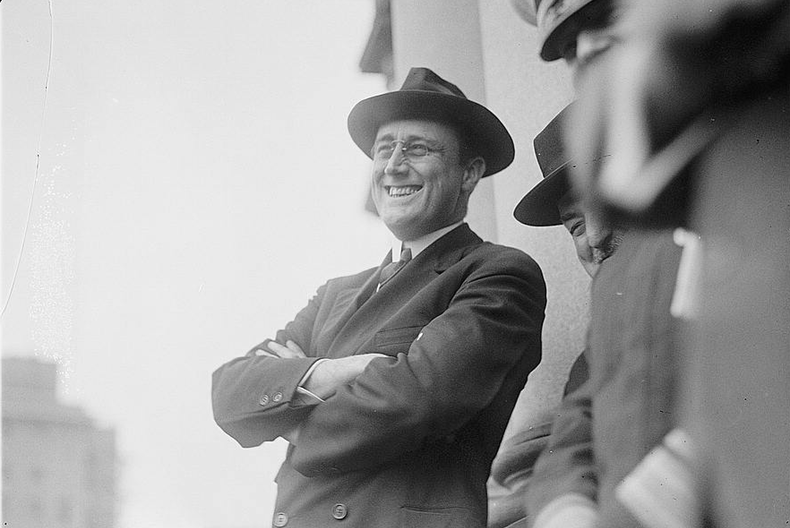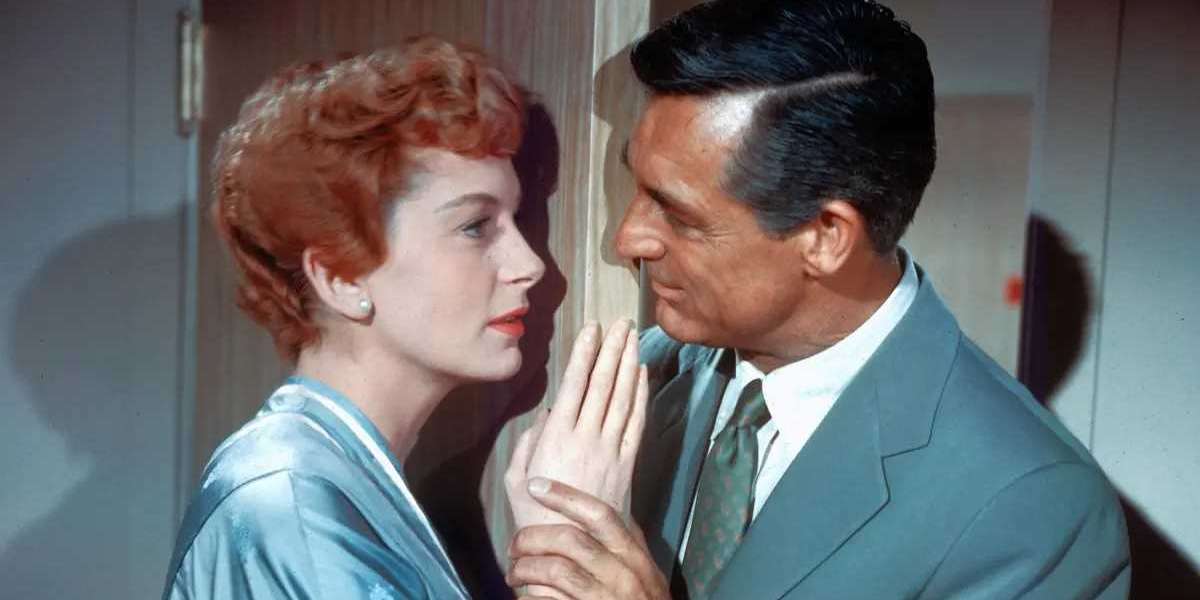Unlike regional accents that develop naturally over generations, the transatlantic accent was carefully cultivated and taught, designed to sound elegant, cosmopolitan, and timeless. But what exactly makes this accent so distinctive? Let’s break down the key linguistic features that define the transatlantic accent and explore why it remains such a fascinating piece of linguistic history.
The Origins and Purpose of the Transatlantic Accent
The transatlantic accent was never native to any one place. Instead, it was an acquired style of speech, taught in elite schools and acting classes, especially in the United States and, to some extent, in the UK. The goal was to create a manner of speaking that was “neutral,” sophisticated, and suitable for the stage or screen. It blended the prestige and clarity of British English with the accessibility and directness of American English.
This accent became the hallmark of Hollywood’s Golden Age, the preferred speech of newsreel announcers, and the standard for public speakers who wanted to project authority and refinement.
Non-Rhoticity: The Dropped “R”
One of the most defining features of the transatlantic accent is non-rhoticity. In simple terms, this means that the “r” sound at the end of syllables or before a consonant is dropped, much like in many British accents.
Example: The word “car” is pronounced more like “cah,” and “hard” becomes “hahd.”
This feature immediately gives the accent an air of sophistication and is one of the quickest ways to sound “mid-Atlantic.”
Crisp Enunciation and Articulation

The transatlantic accent is known for its clear, deliberate pronunciation. Every consonant is articulated crisply, and vowels are pronounced with precision. This clarity was especially important for early radio and film, where audio quality was limited and every word needed to be understood.
T’s and D’s: The “t” and “d” sounds are pronounced sharply, never swallowed or softened as in some American dialects.
Ending consonants: Words are finished cleanly, avoiding the dropped or blurred endings common in casual American speech.
Blended Vowel Sounds
The transatlantic accent features a careful blending of British and American vowel sounds. Speakers would often choose the “prestige” versions of vowels, favoring those that sounded more refined or theatrical.
“A” as in “dance”: Instead of the flat American “dance” (rhyming with “ants”), the transatlantic accent uses the longer, British-style “dahns.”
“O” as in “hot”: The “o” is rounded and open, closer to the British “hawt” than the American “hat.”
“U” as in “duty”: The “u” is pronounced “dew-ty” rather than the American “doo-ty.”
Rhythmic, Musical Cadence
Another hallmark of the transatlantic accent is its rhythmic, almost musical cadence. Sentences are spoken with a deliberate pace, and intonation patterns are carefully controlled. This gives the accent a theatrical quality, making it perfect for stage and screen.
Pitch variation: The accent often features a wider range of pitch, adding drama and emphasis to speech.
Pacing: Sentences are neither rushed nor drawn out, but delivered with poise and control.
Lexical Choices and Formality
The transatlantic accent was often accompanied by a more formal vocabulary and sentence structure. Speakers would avoid slang and contractions, opting instead for words and phrases that conveyed education and refinement.
Example: Instead of “gonna” or “wanna,” speakers would say “going to” or “want to.”
This formality reinforced the accent’s association with high society and intellectual circles.
Influence of Stage Training
Many of the features of the transatlantic accent were shaped by classical stage training. Actors were taught to project their voices, enunciate clearly, and use speech patterns that would carry across a theater or through early microphones. This training influenced not just pronunciation, but also posture, gestures, and overall presence.

The Decline and Enduring Appeal
After World War II, American society shifted toward authenticity and regional identity. Hollywood began favoring more naturalistic acting and real-world accents, making characters feel relatable. As a result, the transatlantic accent faded from mainstream use and became a relic of a bygone era, preserved mostly in old movies and radio broadcasts.
Yet, the accent’s polished sound and timeless charm continue to captivate linguists, actors, and fans of classic cinema. Today, it’s sometimes revived for period films, theater, or anyone wanting to channel a bit of old-school glamour.
If you want to dive deeper into the history and mystique of this accent, check out https://blog.appewa.com/what-is-the-transatlantic-accent/ for a comprehensive look at its origins, usage, and influence on pop culture.
How to Practice the Transatlantic Accent
If you’re inspired to try the transatlantic accent yourself, start by focusing on these key features:
Drop the “r” at the end of words and before consonants.
Enunciate every consonant and vowel with care.
Blend British and American vowel sounds, favoring the more “prestige” options.
Maintain a rhythmic, controlled cadence.
Use formal vocabulary and avoid contractions.
Watch classic films starring Katharine Hepburn, Cary Grant, or Orson Welles for inspiration, and practice reading aloud with crisp, deliberate speech. With time, you’ll capture the elegance and sophistication that made the transatlantic accent an icon of its era.



